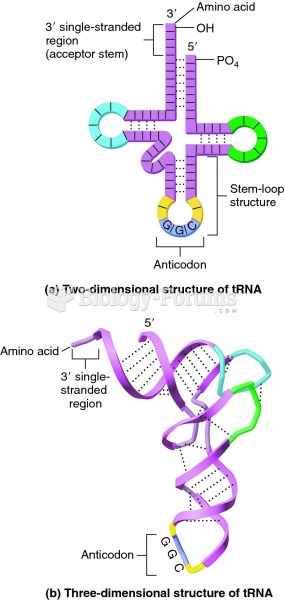Answer to Question 1
The term industry structure refers to the general business environment in an industry. It is defined by the nature of the players in the industry and their relative bargaining power. It is characterized by five forces: the rivalry among existing competitors, the threat of substitute products, the barriers to entry into the industry, the bargaining power of the suppliers, and the bargaining power of the buyers.
The competitive consequences of technological developments often change the market share positions among the players. New forms of distribution created by new market entrants can completely change the competitive forces in an industry. The Internet, the Web, and e-commerce have affected the structure of different industries in varying, yet often profound ways. In fact, the explosive emergence of the Internet as a major worldwide distribution channel for goods, services, and even for employment is powerfully changing economies, markets, and industry structures. The universal standards of the Internet have lowered the barrier to entry for many industries, bringing a flood of new entrants. Inter-firm rivalry is one area where e-commerce technology has had an impact on most industries.
The major consequence is that every business must become globally competitive, even if it manufactures or sells only within a local or regional market. The Internet has changed the scope of competition from local and regional to national and global, pitting firms that had previously been in separate geographic markets against one another. Consumers of all types of goods have access to global price information, putting pressure on many producers and suppliers in some industries to decrease their prices. On the other hand, it has also presented new opportunities for firms to differentiate their products or services from their competitors, driving prices and profits for those firms up.
The overall positive or negative effect of e-commerce technologies on firm profitability depends on the industry involved. In some industries, particularly those involved with information distribution such as newspapers, magazines, software distributors, music and publishing companies, e-commerce has completely changed the ways of doing business. New online challengers have intensified competition and increased the availability of substitute products.
In general, the bargaining power of consumers has grown relative to the providers, driving prices down and challenging the overall profitability of these industries. In other industries, particularly manufacturing, e-commerce has not greatly changed relationships with consumers but relationships with suppliers have been impacted by the aggregation of markets such as those created by B2B exchanges. Increasingly, manufacturing firms in entire industries have banded together to aggregate purchases, create industrial digital exchanges or marketplaces, and outsource industrial processes to obtain better prices from suppliers.
Answer to Question 2
A value chain is the set of activities performed that transforms raw inputs into final products and services. A firm value chain is the set of activities a firm engages in to create final products from raw inputs. The key steps and support activities in a firm's value chain are inbound logistics, operations, outbound logistics, sales and marketing, and after sales service. With an industry value chain, the chain broadens to include six generic players: suppliers, manufacturers, transporters, distributors, retailers, and customers. A value web coordinates a firm's suppliers with its own production needs using an Internet-based supply chain management system. It is a networked trans business system that coordinates the value chains of several firms.







